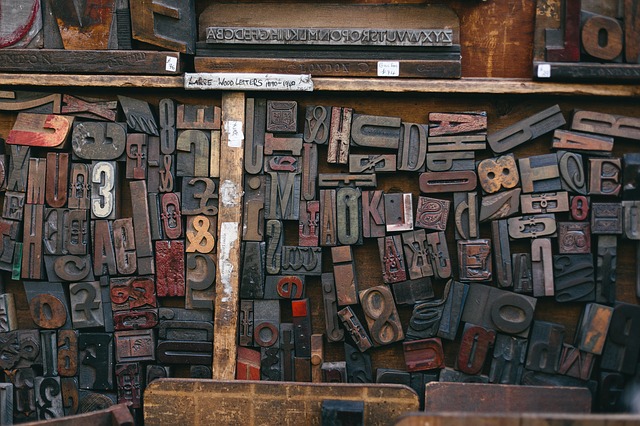I’d like to start off today’s piece with an analogy. Let’s say you’ve met a prospective business partner at a trade-show. Everything about them was incredibly well put-together, save for one small detail.
They were wearing the ugliest, most garish tie you’ve ever seen.
No matter what, when you try to look back and remember your conversation with them, all you can think about is the tie. It’s a distraction. More importantly, it’s negatively colored your perception of them.
At this point, you’re probably wondering what any of this has to do with T-shirts – I’m getting to that.
See, if you include any typography at all in your T-shirt design, the font you use is like a tie. Choose the right one, and it brings everything together, conveying exactly the look and message you want it to. Choose the wrong one, and you’re basically shooting your design in the foot.
Let’s talk about how you can ensure your shirts fall into the former category rather than the latter.
Understanding The Different Font Classes
In broad strokes, there are four basic classifications of fonts. Every single font you’ll encounter fits under one of these four categories. As such, your first step should be determining which class of font you want your shirt to use.
- Serif fonts tend to have a more traditional feel to them. They include well-known and well-traveled fonts like Times New Roman, Clarendon, Centaur, and Bookman. Serif fonts also tend to be easier to read when printed.
- Sans Serif fonts are usually a little more simplistic than Serif fonts and tend to present a slightly more modern front. Examples include Helvetica, News Gothic, and Cachet. They can be a good choice when you’re going for something a little more minimalist.
- Script fonts are cursive and highly decorative. They’re apparently a favorite of people who design logo T-shirts, as well, especially those with inspirational quotes on them. If you’re trying for something fancy and sophisticated, a script font is a good choice. At the same time, they can present issues where readability is concerned.
- Decorative fonts are possibly the most diverse category. Generally speaking, you’ll want to use these when the text on your shirt is the focal point of your design. They’re made to be distinctive; to draw in the eye. Readability generally isn’t a concern with them.
Knowing Your Audience
The most important thing to know when choosing fonts for a shirt is who you’re selling that shirt to. What is your target audience? Someone designing a T-shirt for businesspeople at a trade show will probably want to stay away from Decorative and Script fonts, but if you’re creating a shirt for a yoga retreat, Serif and Sans Serif might be a bit too dry.
Do a bit of research into what resonates with your audience, and choose your fonts according to what you know of them.
Knowing Your Message
Last but certainly not least, what message is your shirt trying to convey, and how important is its appearance to conveying it? Does it matter if people can read the text on the shirt, or is it the appearance and design that are important? Do you want people who see the shirt to feel bold and inspired, or comforted?
Again, these are all factors that you’ll need to take into account.
Other Things To Consider
The right font can go a long way towards bringing a T-shirt together, just as the wrong font can leave an idea dead in the water. Now that you know a little more about typography, you’ll be able to make a more informed decision – one that’ll keep your ideas fresh and vibrant.
Let’s wrap things up with a list of other factors beyond font type and style that you’ll want to account for.
- Color. What hues and shades are you using on your shirt? Consider how that might impact readability.
- Size. How big is the text going to be? Certain fonts tend to look better when they’re sized a bit smaller or larger.
- Position. Where on the shirt will the text be? How it’s arranged in relation to other visual elements is just as important as the font type.
Volume. How much text are you putting down? Are you going for a slogan/saying, or a logo?
